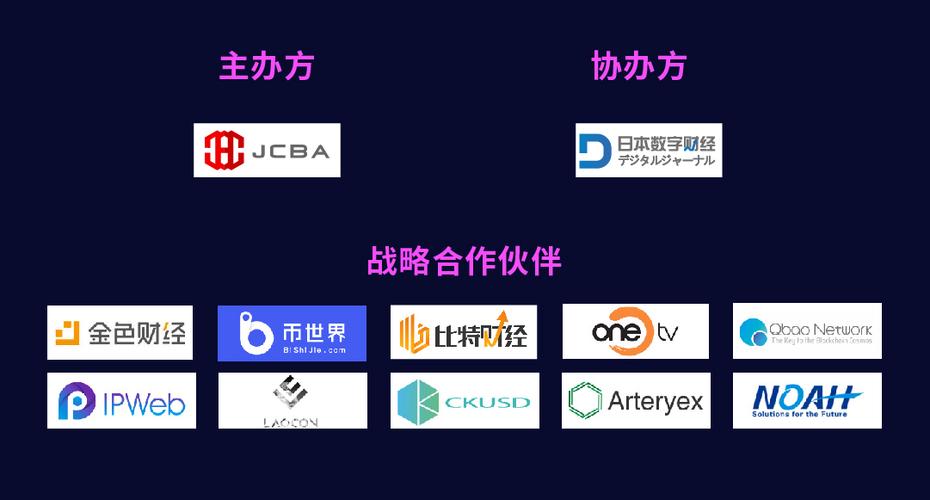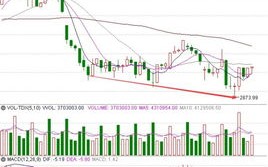Challenges in International Trade with Blockchain
International trade is a complex web of transactions involving multiple parties, currencies, regulations, and logistics. The integration of blockchain technology into this landscape has promised significant benefits such as increased transparency, efficiency, and security. However, despite its potential, blockchain implementation in international trade encounters several challenges.
1. Interoperability:
Different blockchain platforms may use varying protocols and standards, leading to interoperability issues. This lack of uniformity hinders seamless communication and data exchange among participants.
Solutions: Establishing common standards and protocols through industry collaborations and the development of interoperable blockchain networks can mitigate this challenge.
2. Regulatory Compliance:
International trade is governed by a myriad of regulations across jurisdictions, including those related to customs, tariffs, and sanctions. Adhering to these regulations while ensuring data privacy and security on blockchain poses a significant challenge.
Solutions: Collaboration between regulators and industry stakeholders to develop regulatory frameworks tailored for blockchainbased trade platforms can provide clarity and facilitate compliance.
3. Scalability:
As the volume of transactions increases, blockchain networks may face scalability issues, leading to slower transaction processing times and higher costs. This scalability challenge becomes more pronounced in the context of international trade, which involves a large number of transactions.
Solutions: Implementing scalability solutions such as sharding, sidechains, or layer 2 protocols can enhance the throughput and efficiency of blockchain networks.
4. Data Privacy and Security:
While blockchain offers immutable and transparent recordkeeping, ensuring the privacy and security of sensitive traderelated data remains a concern. Exposing confidential information to unauthorized parties or malicious actors could lead to data breaches and financial losses.
Solutions: Employing encryption techniques, zeroknowledge proofs, and permissioned blockchain networks can safeguard sensitive data while still leveraging the benefits of blockchain technology.
5. Adoption Hurdles:
Encouraging widespread adoption of blockchain technology in international trade requires overcoming various barriers, including resistance to change, lack of awareness, and the need for significant investment in infrastructure and education.

Solutions: Initiatives such as pilot projects, industry partnerships, and educational programs can help demonstrate the value proposition of blockchain in trade and facilitate its adoption among stakeholders.
6. Smart Contract Reliability:
Smart contracts automate and enforce the terms of trade agreements on blockchain networks. However, ensuring the reliability and accuracy of smart contracts, especially in complex international trade scenarios, presents a challenge.
Solutions: Thorough testing, auditing, and standardization of smart contract templates can enhance their reliability and mitigate the risk of errors or vulnerabilities.
7. Trust and Governance:
Establishing trust among participants and defining governance structures within blockchain networks are critical for their successful operation. Lack of trust or governance mechanisms may lead to disputes, inefficiencies, and ultimately, the failure of the trade ecosystem.
Solutions: Implementing transparent governance models, establishing dispute resolution mechanisms, and fostering trust through reputation systems can strengthen the integrity and reliability of blockchainbased trade platforms.
In conclusion, while blockchain holds great promise for revolutionizing international trade, addressing the aforementioned challenges is essential for realizing its full potential. Collaboration among industry stakeholders, regulatory bodies, and technology developers is key to overcoming these hurdles and building a more efficient, transparent, and inclusive global trade ecosystem.







